Tesla’s Robotaxi Has Arrived, but It’s Not Ready for the Road Yet
Elon musk thinks the tiny two-seater is the future of personal transportation.

Tesla unveiled its long-awaited Robotaxi on Thursday night, but don’t go tapping your ride-hailing app just yet.
CEO Elon Musk introduced the small two-seater at an event held on the faux city streets of the Warner Bros. Studio lot in Burbank, California, which had been redesigned to play the role of a city of the future, replete with Tesla’s prototype robots serving drinks and dancing.
The gold car picked up Mr. Musk at a movie theater, opening its stylish power butterfly doors to give him access to the passenger seat. That is to say, the right passenger seat, as it has no steering wheel or pedals. Then it slowly drove him across town to a stage through several turns, avoiding a pack of cyclists along the way.
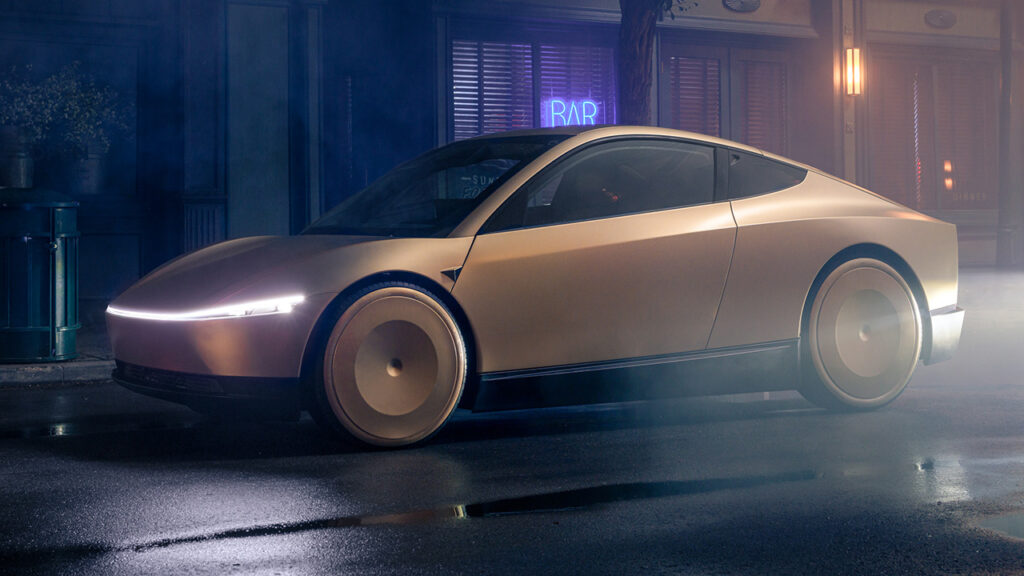
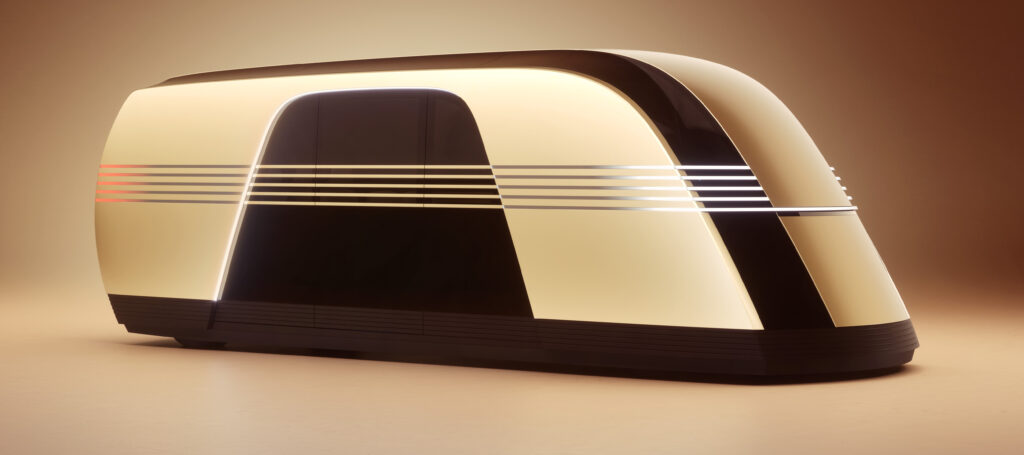
The car is electric, of course, and streamlined for efficiency. Its styling is more like Tesla’s car and SUV models and relatively conventional, compared to the divisive Cybertruck.
It doesn’t have a rear window, but there is a large trunk for luggage. The thrust of its purpose is that it will be used in an Uber-style service run by Tesla, as Mr. Musk has been saying for years leading up to its debut, but he made the surprise announcement that it will also be sold to customers for a price predicted to be less than $30,000.
Owners could add them to the service to earn money when they don’t need to use them, and that will also apply to other Tesla models equipped with the Full Self-Driving feature. Mr. Musk said he envisions people buying several Robotaxis and acting as “shepherds” who take care of their flock of cars between their long shifts (I believe these are known as taxi companies today).
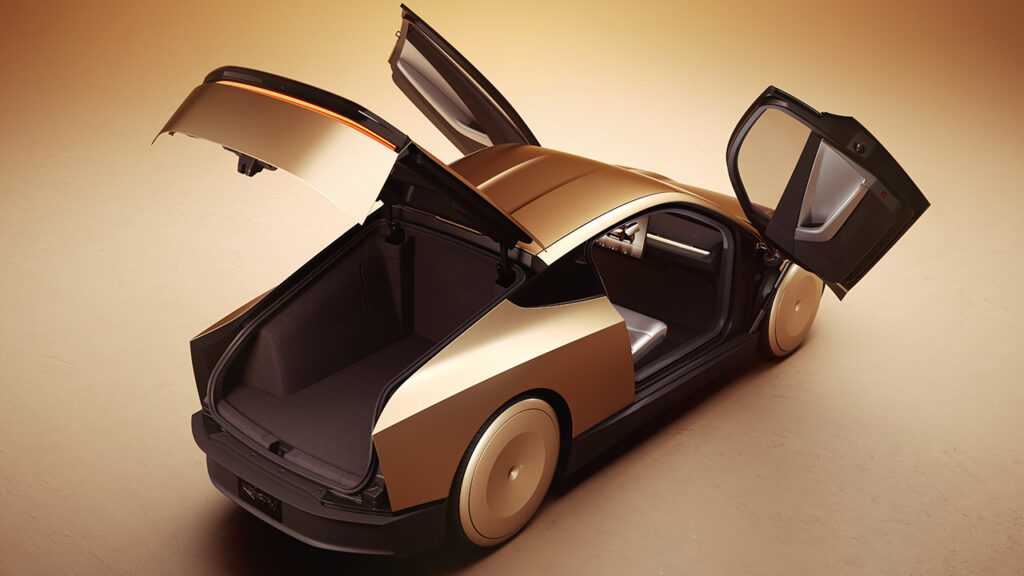
The vehicles will be equipped with an inductive charging system like a smartphone so they won’t need to be plugged in, and a video demonstration of a robotic service station that can vacuum and wipe down the interiors was shown.
Waymo already operates a popular autonomous ride-hailing service in Phoenix and several other cities, but its vehicles are tightly controlled by the company and restricted to well-defined areas. They are also festooned with arrays of expensive sensors, while Tesla’s technology relies only on cameras.
Tesla thinks it has a trillion-dollar business on its hands once the service is fully unleashed, but it is contingent on a few things. First, it needs to develop its Full Self-Driving technology to a level of autonomy that will actually allow the vehicles to operate as planned in the real world. The version that is available now is close, but still isn’t over the hump and requires a human in the driver’s seat to supervise it. Mr. Musk said he believes Tesla will get there next year, but he’s been saying that every year for the past decade, so it is far from a guarantee. State-by-state regulatory approval will also be needed.
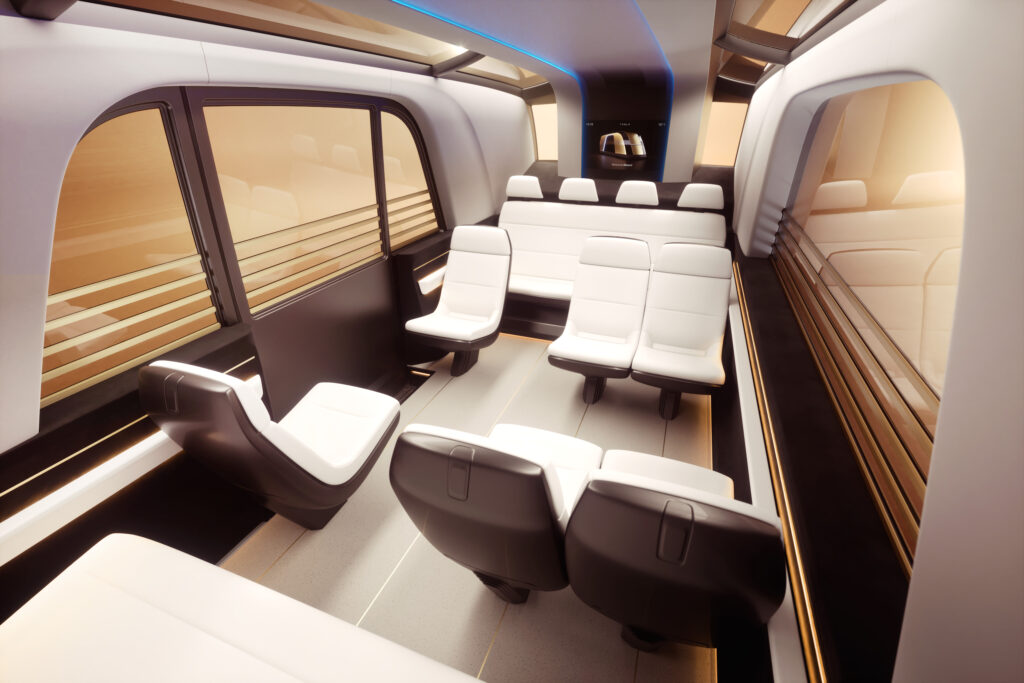
Tesla has some time to get everything finalized because Mr. Musk said the Robotaxi won’t be in production until 2026. “I tend to be a little optimistic with time frames, but in 2026…before 2027. Let me put it that way,” he said.
Being a future tech event, there was of course a “one more thing” reveal to wrap things up, and it was a bit more of a shock than the Robotaxi.
A bus-like vehicle with Art Deco-inspired futuristic styling that looked like something from a Flash Gordon film rolled up to the stage and let out a group of passengers through sliding doors. Mr. Musk called it the Robovan and said it could carry up to 20 people or be used for cargo. It will also feature in the scheme, but he didn’t put a timetable on when it would be available.
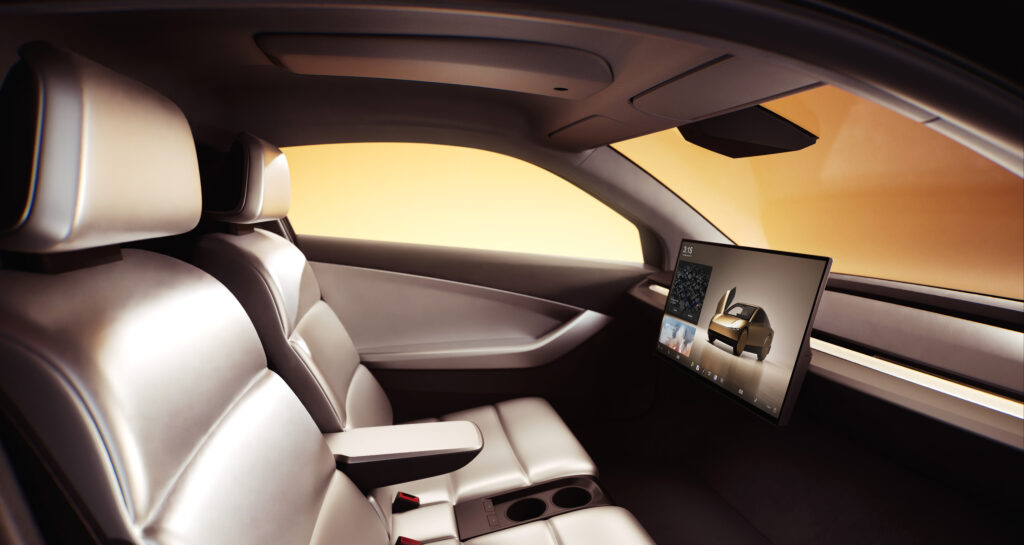
Apparently, Tesla’s autonomous future is just going to have to wait a little bit longer.

